Risk of pollution
According to the assessment of the Department of Agriculture and Environment, ponds, lakes, rivers and streams are places that receive wastewater from concentrated residential areas, urban areas, from livestock activities, craft villages, agricultural production, industry, mining, landfills... the content of organic pollution and metal pollution is showing signs of increasing. Therefore, it is necessary to have measures to control and improve the quality of water sources in these areas.
 |
Waste from pig farming activities of a business in Son Dong district overflows into a ditch. Photo: Archive. |
Mountainous and highland districts are the source of rivers, streams and lakes. Although the population density is low, the infrastructure conditions of this area are still limited, the collection system of domestic wastewater and stormwater runoff is not uniform, and the collection of domestic waste is irregular. It is worth mentioning that these are areas with strong agricultural production activities such as livestock and crop cultivation, which further increases the risk of surface water pollution.
Specifically, in Dinh Lap district (Lang Son) and Son Dong district, the source of Luc Nam river, the existence of a number of factories and large livestock farms discharging waste into rivers and streams has increased the risk of water pollution. In fact, a number of businesses with livestock farms in the two above localities have been handled by authorities for violating environmental regulations. Or recently, people in Trung Son village, Dai Son commune (Son Dong) were upset when a stream in the area was heavily polluted from waste discharge from a poultry farm.
Cam Son Lake (Luc Ngan) is a large irrigation project, in addition to providing water for production, it also plays a particularly important role in providing domestic water for more than 32,000 households in Lang Giang district and Bac Giang city. According to the authorities, the lake has islands that grow many types of fruit trees. During the cultivation process, people use a number of fertilizers and pesticides, the residue of which can negatively impact the water source. At the same time, although tourism activities here are not too bustling, they will also discharge waste into the environment and directly affect the quality of the lake's water.
More concerning, according to Mr. Giap Hong Dang, Chairman of the People's Committee of Son Hai Commune (Luc Ngan), in Cai Le village, Kien Thanh commune (Chu town), there is currently a large-scale waste treatment plant. Every time it rains, wastewater leaks through the stream and flows into the lake, increasing the risk of water pollution in the lake. This makes the commune government and people extremely concerned. According to the monitoring results in 2024 by the authorities, Cam Son lake water is polluted by manganese parameters exceeding the standard by 1.81 times.
On the Thuong River, according to a representative of the Bac Giang Clean Water Joint Stock Company, agricultural production activities using fertilizers and pesticides, as well as the activities of ships and boats moored on the river near the unit's water exploitation area, can affect water quality. In particular, the section of the river through Bac Giang city has some areas where industrial waste discharge occurs. Although the discharge location is below the water exploitation area of the factory, there is still a potential risk of unsafe water sources when the flow reverses. To overcome this, the Company regularly sends people to monitor activities in the protected area of the project's domestic water supply. Whenever there is a discharge that causes a risk of pollution, water exploitation will be stopped.
Reduce negative impact
There are 3 large rivers and hundreds of streams and irrigation reservoirs in the province. Surface water is exploited mainly for agricultural production, partly for domestic water supply, industrial water supply and aquaculture. According to the 2024 monitoring results of the Department of Natural Resources and Environment (now the Department of Agriculture and Environment) for surface water of Thuong River, Cau River, Luc Nam River (all used partly for domestic water supply purposes), at 38 locations through 4 monitoring periods, it was found to be polluted by the following parameters: Nitrite, Ammonium, iron, manganese, copper, cadmium with pollution levels exceeding the permissible standards from 1.01 to 65.2 times, a higher pollution level than in 2023.
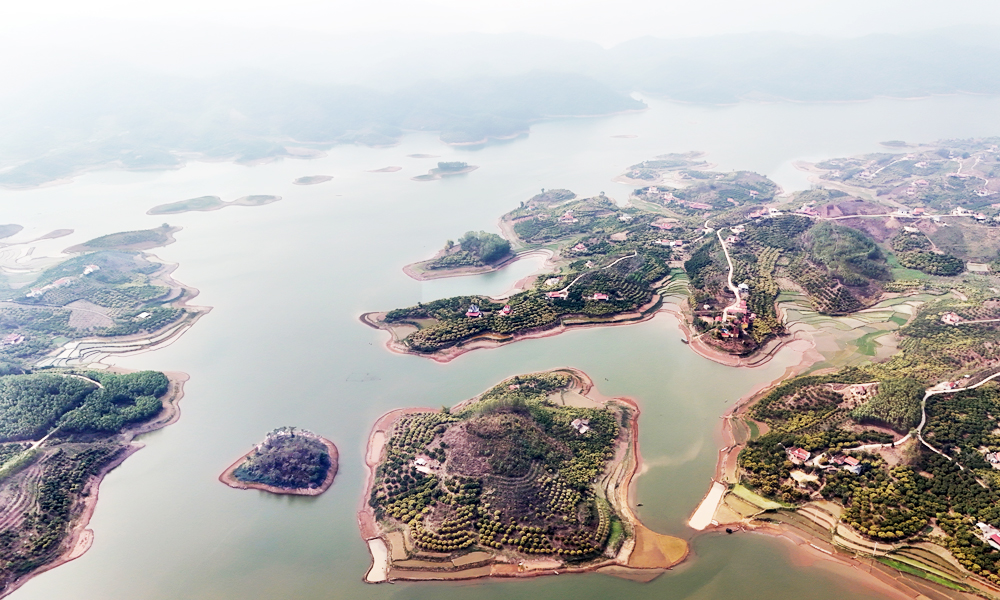 |
On the islands in Cam Son Lake, farmers use fertilizers and pesticides for lychee, which negatively affects the lake water. |
According to the representative of the Department of Agriculture and Environment, the concentration of substances in surface water sources in the province is showing signs of increasing over time and some indicators have exceeded the permitted standards. In particular, on the Thuong River section through Bac Giang city, Cau River in Hiep Hoa district, Luc Nam River in Doi Ngo town, Luc Nam district, which receives a large amount of wastewater from residents and industrial zones, the concentrations of indicators are much higher than in other areas. The worst water quality is located on the two major river basins of the province, Cau River and Thuong River.
| In the coming time, the Department of Agriculture and Environment will strengthen coordination with relevant agencies to inspect facilities that pollute surface water and strictly handle violations. At the same time, accelerate the investment progress in building centralized domestic wastewater treatment systems in urban areas and industrial zones and clusters. At the same time, implement the marking of water source protection corridors according to regulations, build a monitoring network to supervise the exploitation and use of water resources to detect violations early. |
To protect water resources and reduce negative impacts, in the coming time, the Department will strengthen coordination with relevant agencies to inspect facilities that pollute surface water in the area, and resolutely and strictly handle violations. At the same time, accelerate the investment progress in building centralized domestic wastewater treatment systems for urban areas and industrial zones and clusters. At the same time, implement the marking of water source protection corridors according to regulations, build a monitoring network to monitor the exploitation and use of water resources to detect violations early.
Focus on protecting aquatic resources by maintaining and developing upstream forests and protective forests. In addition to the above solutions, for Thuong River and Cam Son Lake, it is necessary to collect and treat domestic waste from people in surrounding areas. Strictly prohibit fishing by methods that pollute the environment and affect the growth and development of aquatic species. Strictly control the discharge of waste from factories and production facilities that are at risk of polluting water sources, strictly protect and maintain water security.
Source: https://baobacgiang.vn/giu-sach-nguon-nuoc-mat-postid415620.bbg


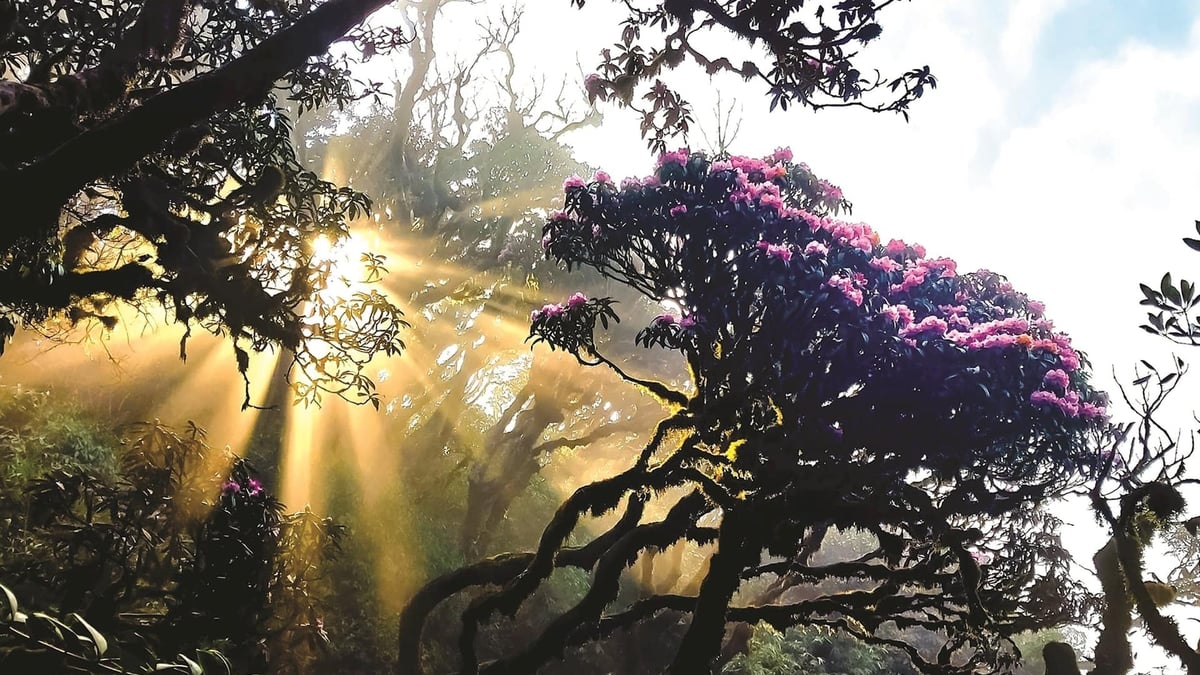
![[Photo] President Luong Cuong attends the inauguration of the international container port in Hai Phong](https://vphoto.vietnam.vn/thumb/1200x675/vietnam/resource/IMAGE/2025/5/13/9544c01a03e241fdadb6f9708e1c0b65)


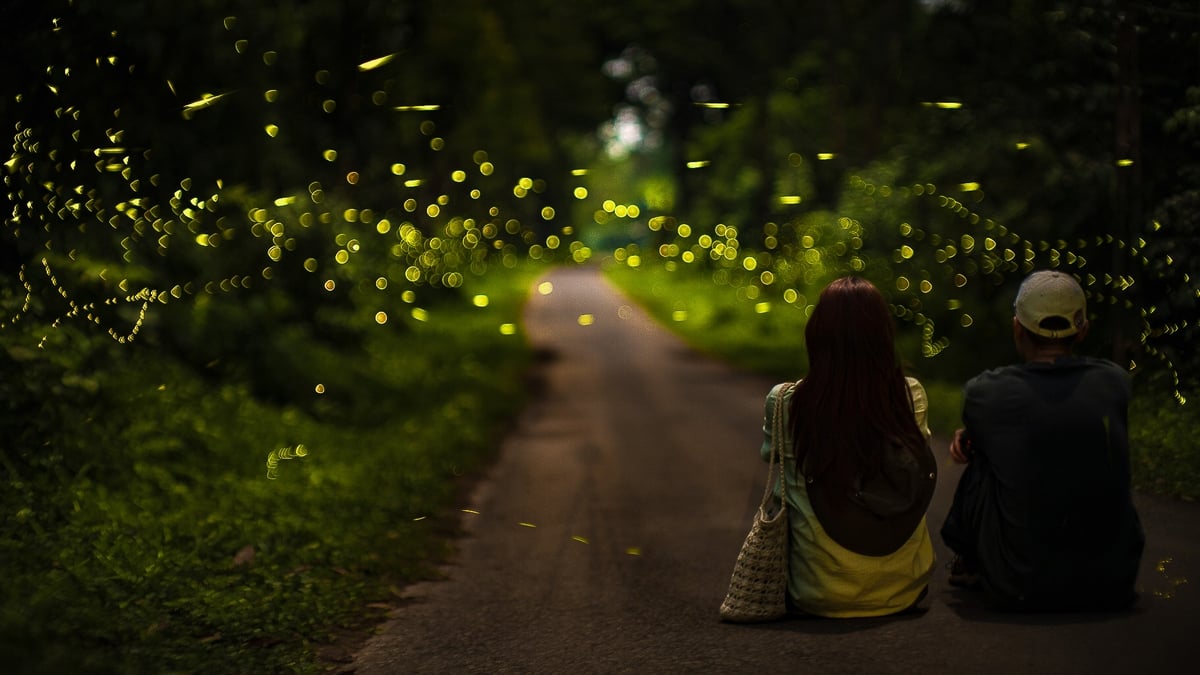
![[Photo] Prime Minister Pham Minh Chinh meets with US business representatives](https://vphoto.vietnam.vn/thumb/1200x675/vietnam/resource/IMAGE/2025/5/13/5bf2bff8977041adab2baf9944e547b5)
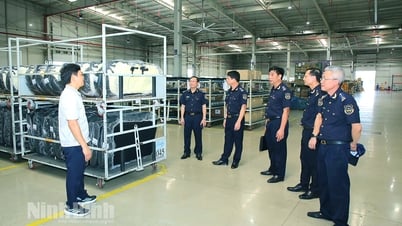
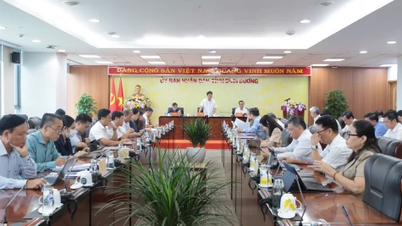

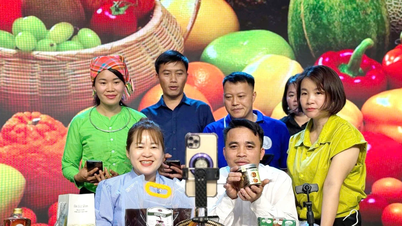

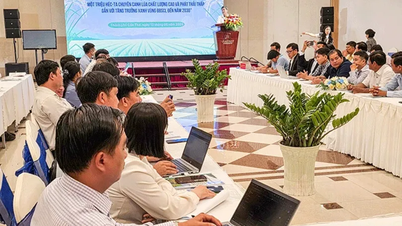




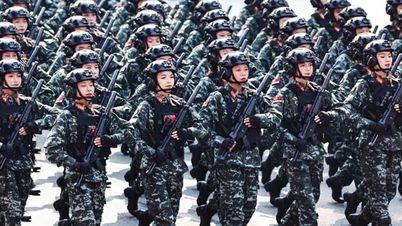
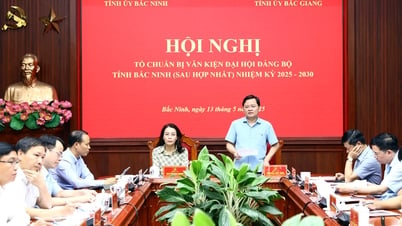
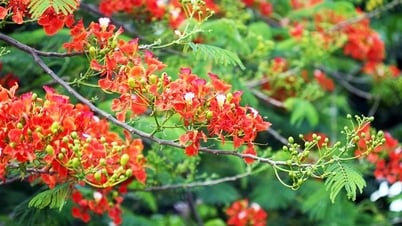
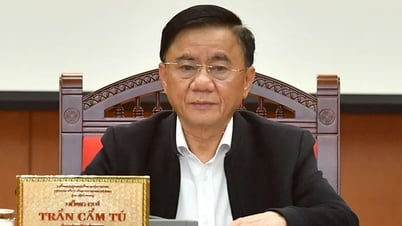
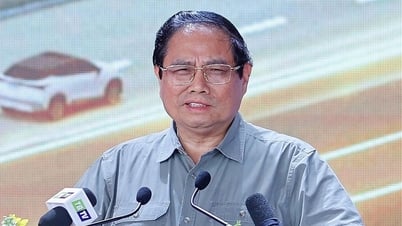

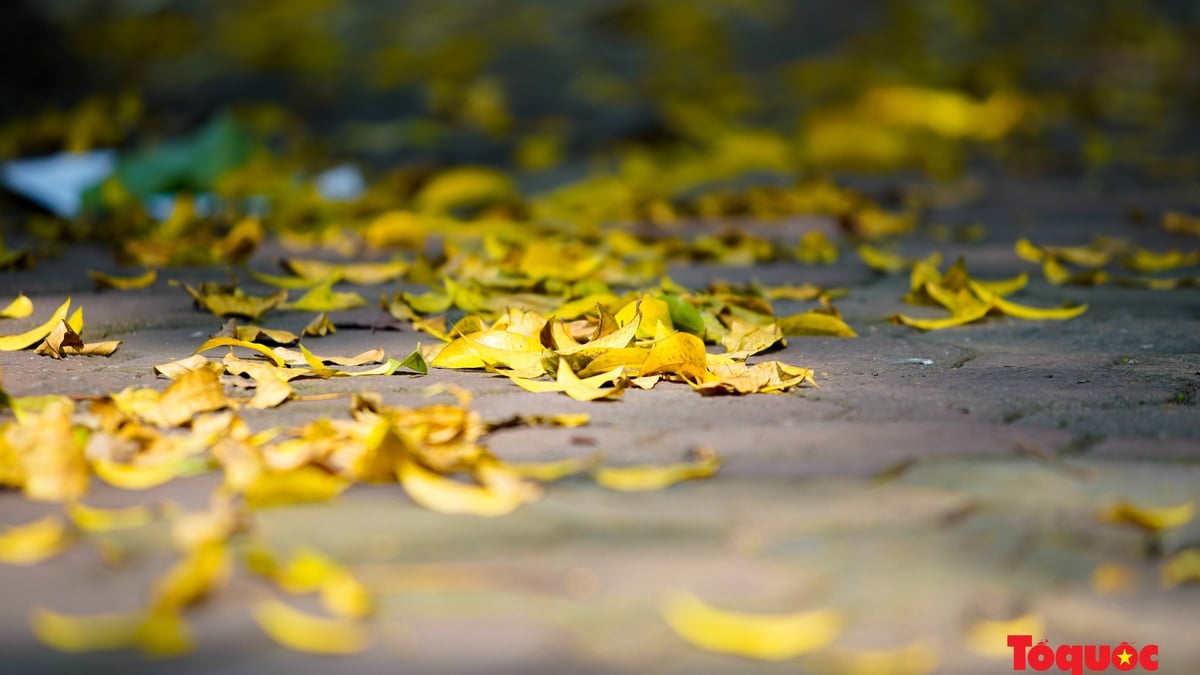





















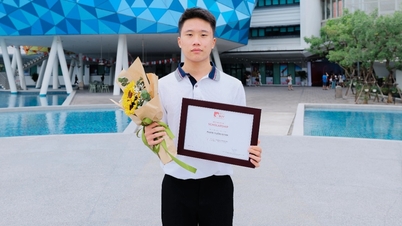



























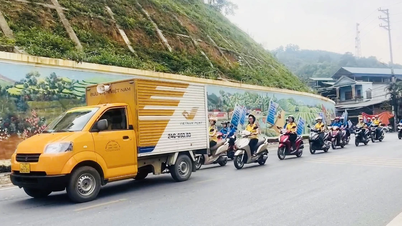

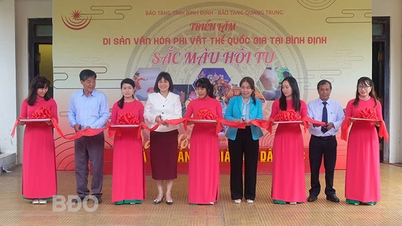

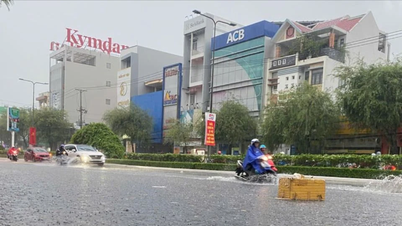










Comment (0)